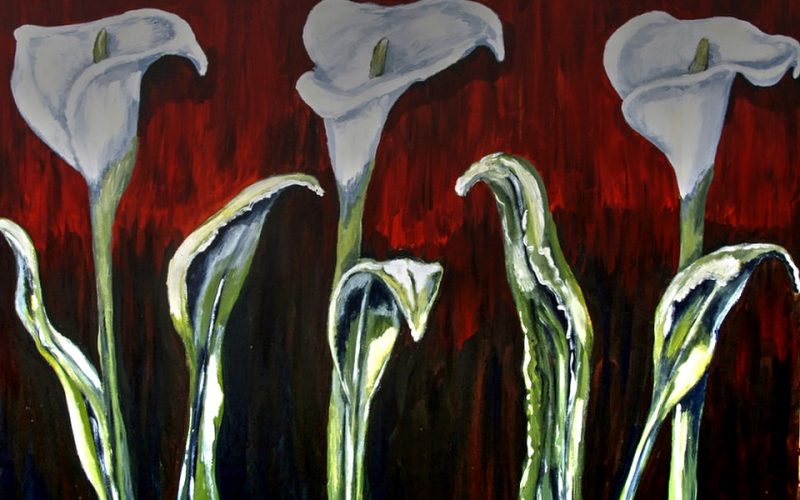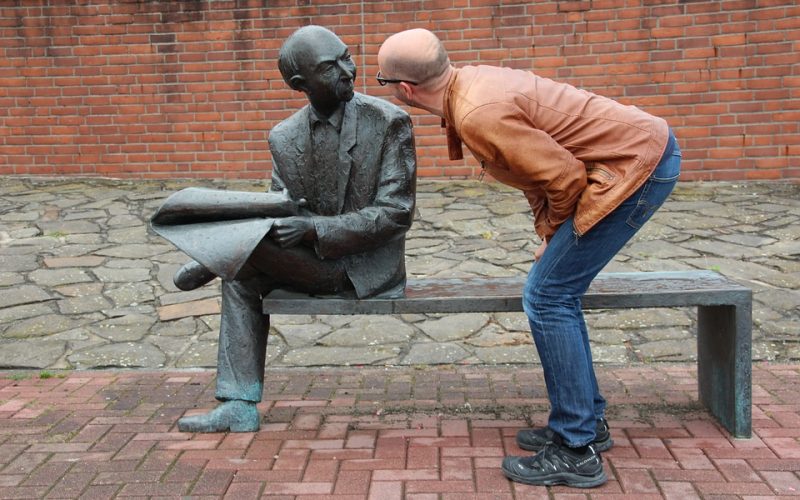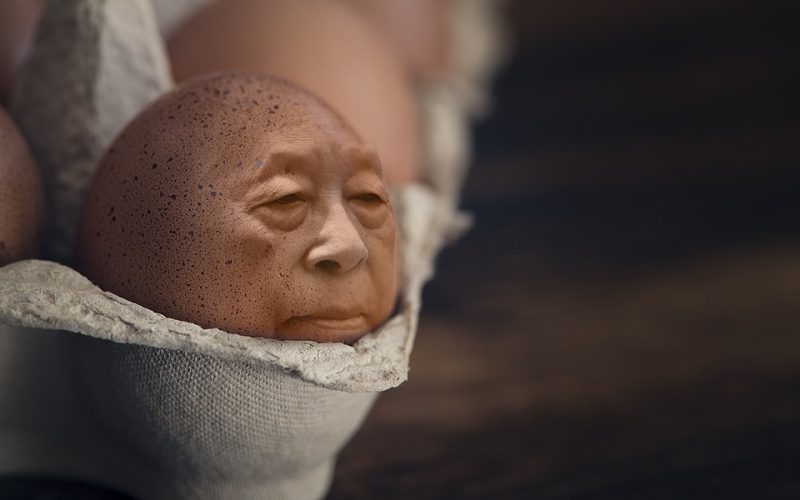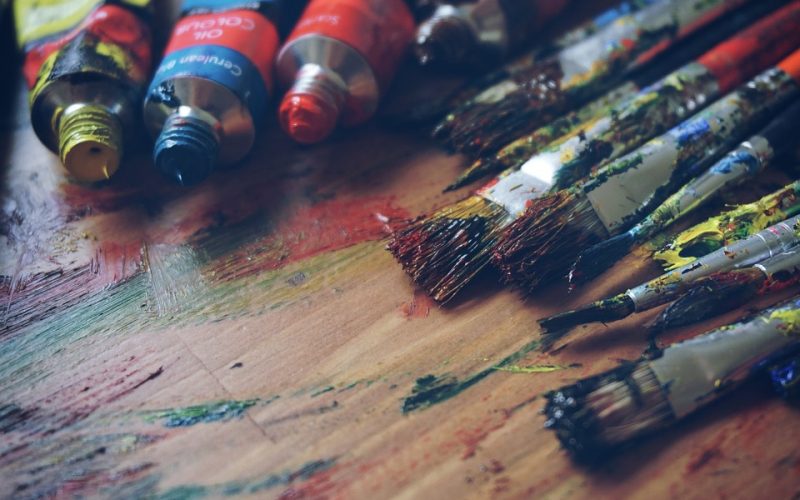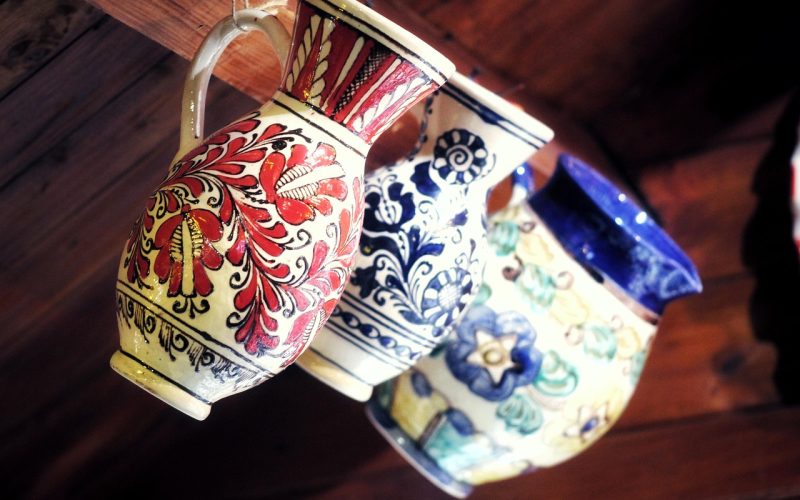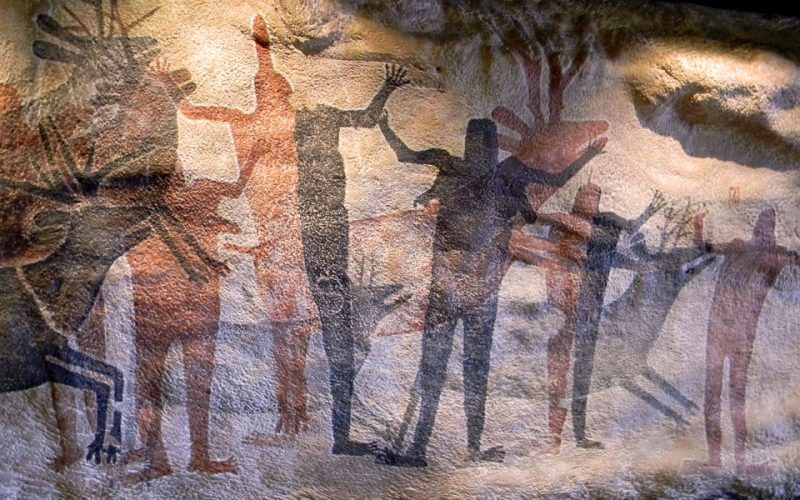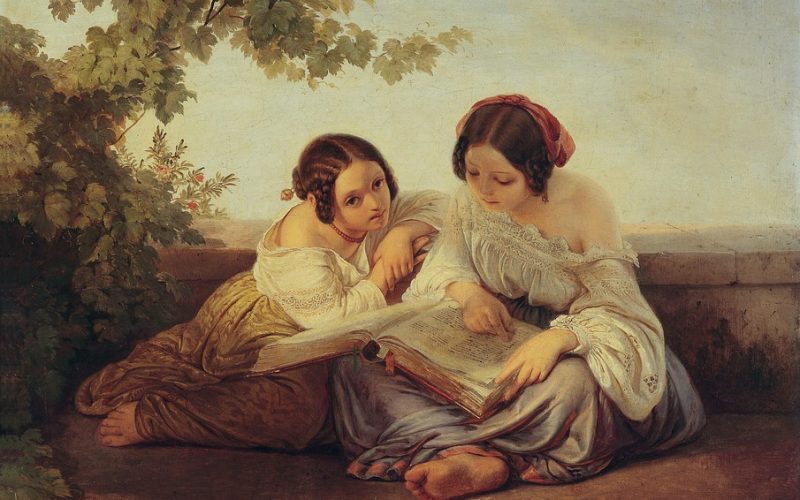The Fast Pace of Art
Modern society demands instant gratification, and art is not always exempt from this concept. Few people have years to study and learn how to paint, so artists who teach have learned the best substitutions to get the job done faster. Many artists prepare the canvas for their newest students, and they have found it gives them added incentive to continue learning. Other art teachers have turned to new materials to help satisfy their timing needs.
Experienced artists love oil paints because they present the widest range of colors available, but this range is not always necessary for students. Modern students want to take one lesson and create a finished piece, so oil paints are not a good choice. The painting must be allowed to dry for weeks before moving it, and this frustrates students. Acrylics are an excellent substitute in this case because they dry within an hour, and students have a finished product they can bring home when their lesson is done.
Acrylic paints are not quite as versatile as oils, but even advanced artists have learned to love them. They have many of the mixing properties of oils, but the artist must work at a fast pace. They dry on a canvas within an hour, so drawing out colors with layering must be done immediately, but this is a good way to ensure a painting will not take long. In addition to excellent mixing properties, they can be washed over the next day if the artist chooses to do a different painting.
Spending a great deal of time creating the perfect piece is wonderful, but it is not always something that can be accomplished in the modern world. Paintings of that nature are often personal pieces that the artist is not commissioned to do, but they may sell them at a later date. For speed, acrylics have the best properties for modern painters without the drawbacks of waiting for oils to dry.
